The cosmos is within us. We are made of star-stuff. We are a way for the universe to know itself. - Carl Sagan
Greetings, fellow scientist.
In the last issue, we discussed how a massive star in its final evolutionary stages, with mass above the Chandrasekhar Limit, explodes to form a brilliant Supernova.
But there is an even more dramatic fate reserved for a star with a mass of more than thirty solar masses (i.e. thirty times the mass of the sun), a highly energetic supernova known as a Hypernova.
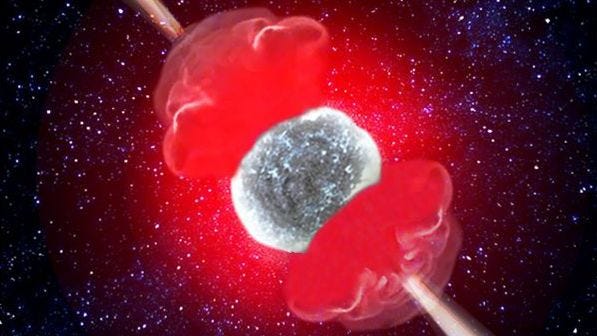
Sometimes referred to as a Collapsar, a Hypernova is an extremely powerful stellar explosion that results in the formation of a black hole. It ejects matter at an unusually high kinetic energy, with the ejected material travelling at about 99% of the speed of light.
A hypernova’s peak luminosity is ten to a hundred times brighter than a typical supernova. Such enormous explosions are rare to find in the universe. Hypernovae are believed to be one of the mechanisms through which Long Gamma-Ray Bursts (GRB) form.
Observational History
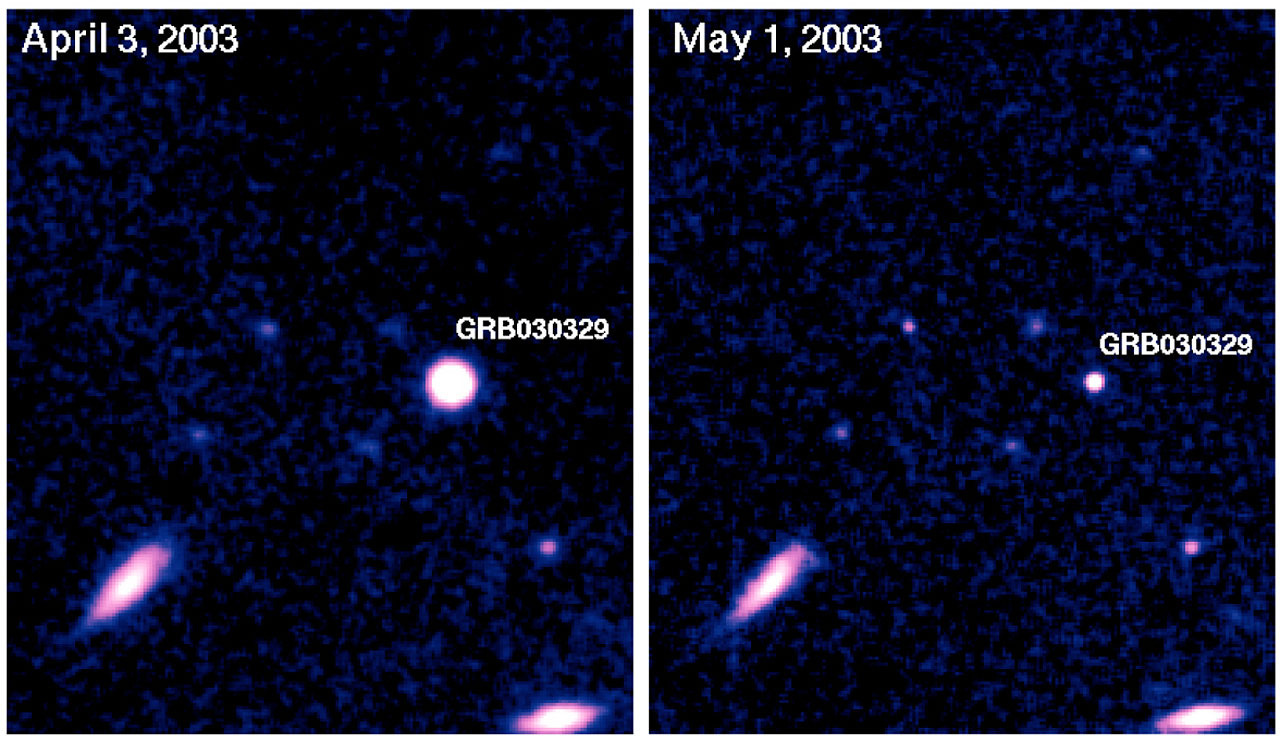
In 1997, satellite BeppoSAX detected a GRB about six million light-years away. Using the spectroscopic data, it was concluded that the source of this GRB was a hypernova. Polish astronomer Bohdan Paczyński classified them as the supernovae produced from rapidly spinning stars.
SN 1998bw was the first hypernova to be observed and it was thought to be associated with a GRB. Many astronomers like to call these hypernovae broad-lined Type Ic supernovae while others prefer the term Superluminous Supernovae.
What forms a Hypernova?
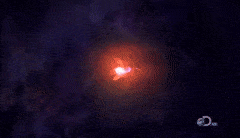
Hypernovae are thought to result from an extreme core-collapse scenario.1 There are two basic models which explain the formation of hypernovae:
Collapsar Model
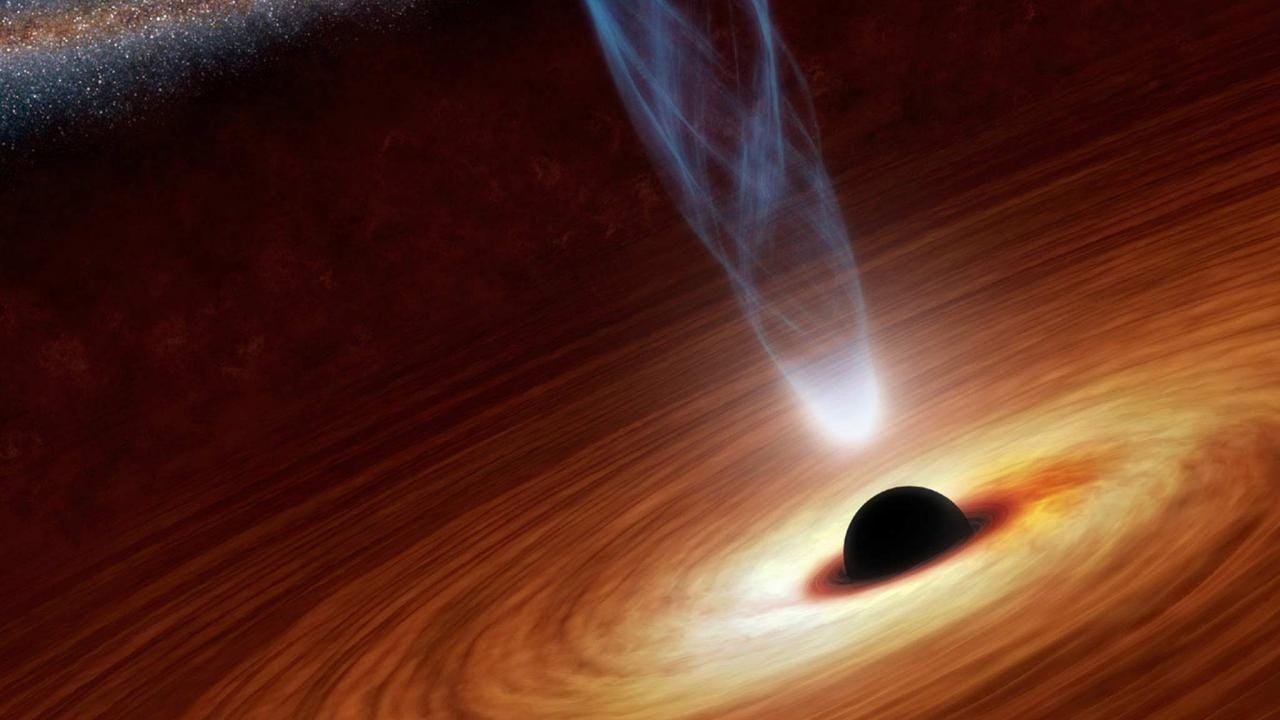
When the core of a star with a mass of at least fifteen solar masses collapses, the energy of the triggered explosion is not enough to expel the outer layers of the star. Under the massive influence of its gravitational force, the star suddenly collapses to form a black hole.
A star’s chemical composition and rate of rotation are also important factors that affect its fate. If the rate of rotation of the star is sufficiently enough, jets of ionised matter are produced along the axis of rotation. These jets eject highly energetic electromagnetic radiation like gamma rays for several seconds and even longer, and are the source of Long Gamma-Ray Bursts.
Binary Model
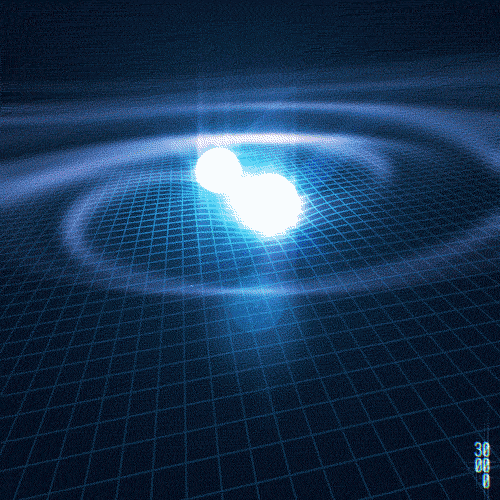
You might have always heard of solitary stars, like our own sun. Surprisingly, most stars have companions, i.e. instead of being single, they orbit another or even more stars about a common barycenter. A common example is Sirius, the brightest star in the night sky.
Sometimes the conditions may not be appropriate for a single star to undergo a hypernova and form jets. This can be accomplished if the star has a companion orbiting close to it. When in such a system, the star with a carbon-oxygen core collapses, its companion neutron star is also forced to collapse through induced gravitational collapse producing Gamma-Ray Bursts.
I hope this article has given you a great insight into these tremendous stellar explosions. In the next issue, we will talk about Gamma-Ray Bursts, the most energetic events known to us in the universe.
Happy Learning!
You May Also Read:
Hypernova - Wikipedia




Wow, This write up is really good.
Wonderful